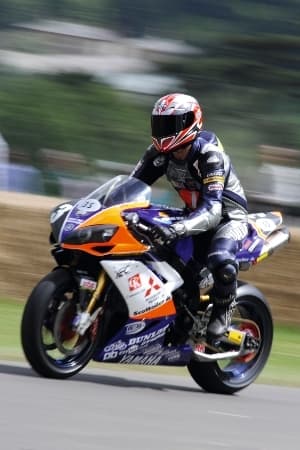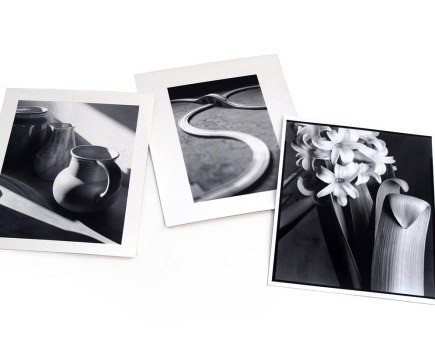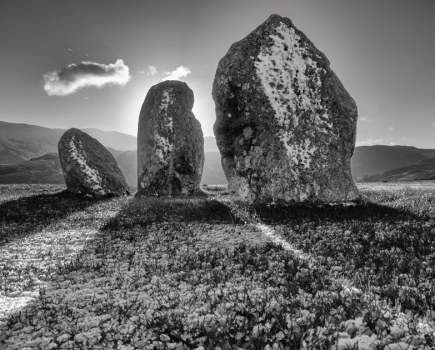Capturing moving objects in still photographs isn’t easy, because unlike video images, a single photograph can’t truly show movement.
However, by panning with your subject and taking control over your camera’s shutter speed, you can get great results.
Depending on the type of subject and the shutter speed you select, you can control how much of your subject is blurred, and by how much.
It takes practice to master the art of panning, but once you’ve got the hang of it you?ll be amazed at the results you can achieve.
Panning with a subject
The term panning refers to the technique of moving your camera at the same rate as a moving subject, so that it appears stationary in your camera’s viewfinder. Panning takes a lot of practice, and if your camera has a fast frame rate be prepared to shoot a lot of out-of-focus images before you get it right.
The key to successful panning is to judge the movement of your subject correctly. The best way to do this is to start panning while your subject is still too far away to capture, and stay with it as it passes you.
Here, I started tracking this cyclist as he approached me from some distance, and started shooting as he passed my position. Notice how the cluttered background has become much less noticeable when it is blurred, and the panned image is more dynamic, giving a heightened impression of movement.
 Camera stationary at 1/15 second
Camera stationary at 1/15 second
 Panning with the subject at 1/15 seconds
Panning with the subject at 1/15 seconds
Panning with a slow shutter speed
 Panning using a slow shutter speed will allow you to inject a lot of movement into a shot.
Panning using a slow shutter speed will allow you to inject a lot of movement into a shot.
To keep your subject sharp against a blurred background you?ll need to make sure your panning is very accurate, which will take practice. If you?re using a telephoto lens, shoot in shutter priority mode and start with a shutter speed of around 1/125sec.
As you get more confident in your panning abilities, increase the exposure time until you find that you are able to keep your subject sharp at speeds as slow as 1/15sec. A monopod will help increase lateral stability, which is really important to minimise camera shake when panning with long lenses.
Panning with a fast shutter speed
 For this shot, taken on a rally course, I knew from scouting the track that the cars gained speed over a hump before leaving the ground briefly.
For this shot, taken on a rally course, I knew from scouting the track that the cars gained speed over a hump before leaving the ground briefly.
To show the car with all four wheels off the ground I set up my camera for a good view of the ramp, and set a very fast shutter speed of 1/1000sec to freeze the wheels, and capture the dust and grit that they kicked up.
As the car approached the ramp I followed it at the 200mm end of my 80-200mm zoom, and shot continuously as it bounced into the air.
The shutter speed is fast enough to freeze the car, but it is moving so quickly that even at 1/1000sec the background is slightly blurred by my movement as I panned the camera to follow the car.
Top Tips for Panning
1. Practise. Panning is tricky, so be prepared to delete a lot of out-of-focus shots!
2. Consider your equipment. If you?re shooting on a long telephoto lens, a monopod will help you keep it stable as you pan.
3. Stick with shutter priority mode. A slow shutter speed allows you to create the impression of movement; a fast shutter speed allows you to freeze more of the action.
4. If your camera has an automatic ISO setting, activate it. This leaves you with only shutter speed and aperture to worry about.
5. Remember that as your subject gets closer and begins to pass you, its speed relative to both your position and the background increases dramatically. Which brings me back to point one – practise!







